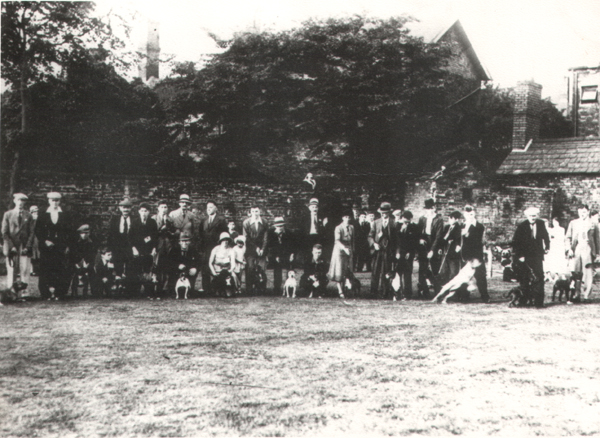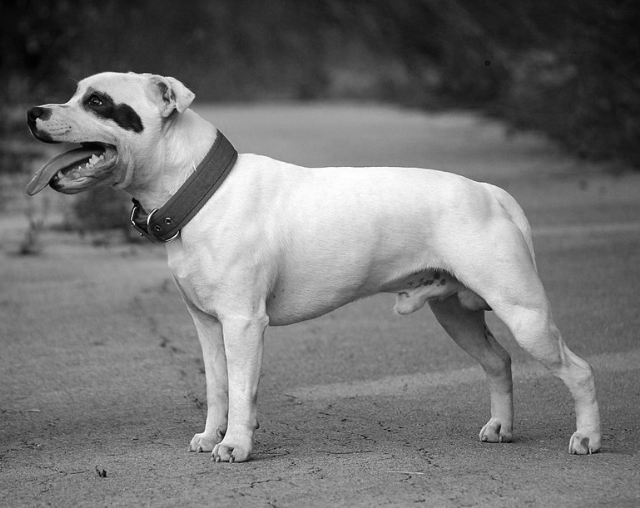James Hinks of Birmingham, England was founder of the Bull Terrier which shares the same ancestry as the Staffie. As a breeder, Hinks played a significant role in perfecting the Staffie, a breed that “emerged as one of the most successful and enduring.”[3] After the banning of blood sports and pit fighting in 1835, attitudes changed which, over the course of a few centuries, resulted in generations of responsible breeding and further breed refinement of the Staffie as a popular family pet and companion dog.
It was not until the 1930’s that The Kennel Club (KC) in the UK recognised the Staffordshire Bull Terrier as a breed. The Staffie’s early association as a fighting dog was the biggest obstacle to overcome, but the breed eventually earned recognition as “a wonderful family pet”[1] and was added to the breed registry. Staffies first arrived in North America in the 1880s but it was not until 1974 that the American Kennel Club (AKC) recognised the Staffordshire Bull Terrier as a breed.[3]

